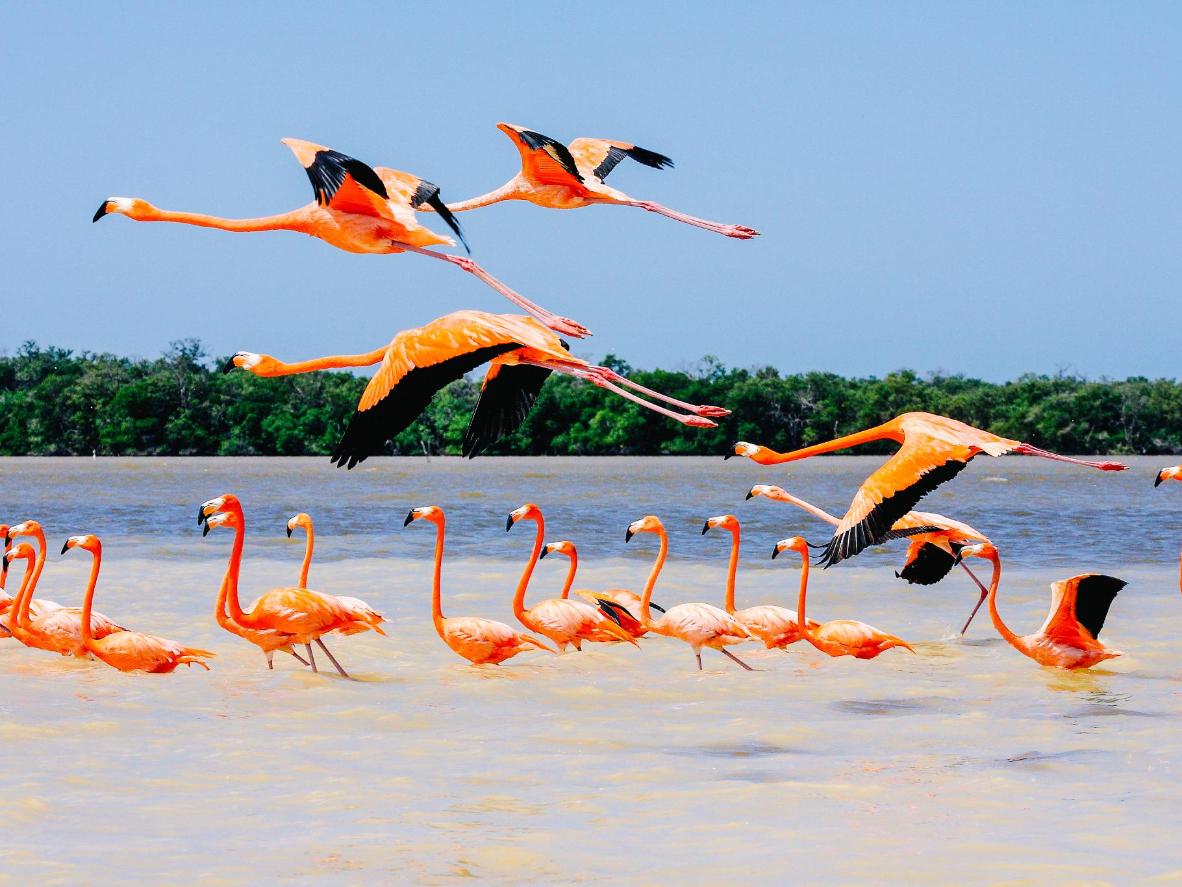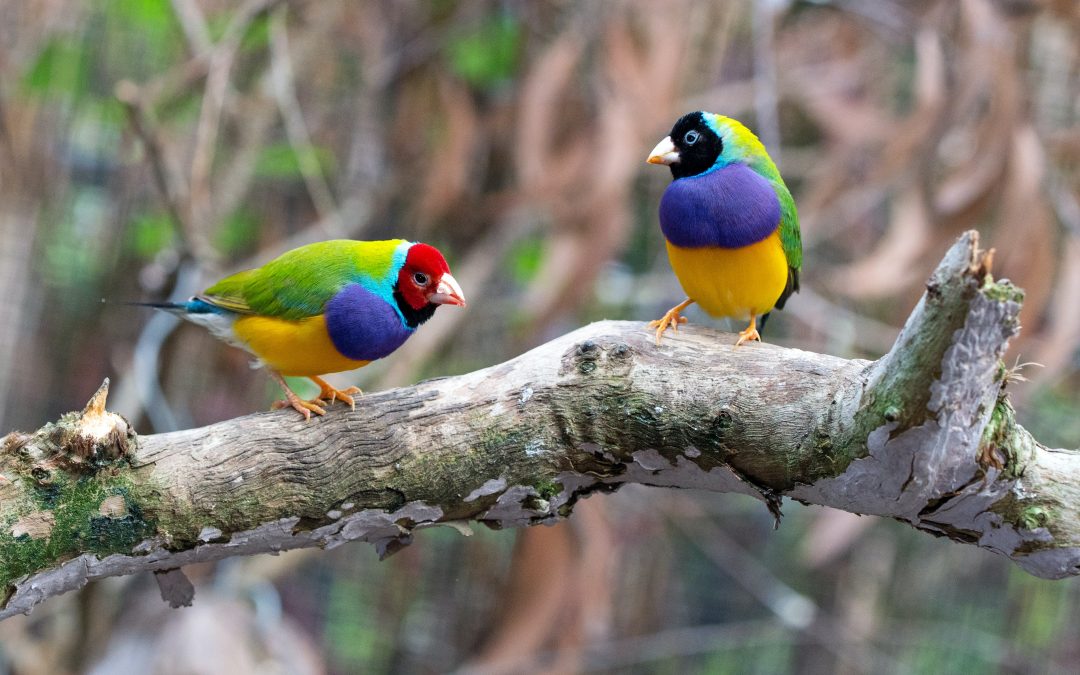Why bird watching is a popular activity
Bird watching is a popular activity that has been enjoyed by people for centuries. There are several reasons why bird watching has become so popular over the years. For one, it is an affordable and accessible activity that can be done almost anywhere. All you need is some basic equipment like binoculars and a field guide, and you’re good to go.
Another reason why bird watching is so popular is that it’s a great way to connect with nature and enjoy the great outdoors. As people become more concerned about the environment and conservation efforts, bird watching provides an opportunity to learn about different species of birds, their habitats, and ways to protect them.
Finally, bird watching is also a social activity that can be enjoyed alone or with others. Many communities have local birding clubs or groups where enthusiasts can come together to share their knowledge and experiences. It’s no surprise then that this activity continues to gain popularity among people of all ages who appreciate nature’s beauty in its various forms including birds!
Definition: What is bird watching?
Bird watching, also known as birding, is a recreational activity that involves observing and identifying different species of birds in their natural habitat. It can be done anywhere – from your backyard to national parks or wildlife sanctuaries. Bird watchers use binoculars, field guides, and sometimes even cameras to spot and identify the birds they see.
Bird watching is not just about spotting birds but also learning about their behavior, ecology, and migration patterns. Many bird watchers keep journals or records of the species they have identified and where they were seen. Some even participate in citizen science projects by contributing data on bird populations to scientific research efforts.
Overall, bird watching can provide a fun yet educational experience for people of all ages and backgrounds. It allows individuals to connect with nature while promoting conservation efforts for our feathered friends.
Land-based vs. other types of bird watching
Land-based bird watching is the most common type of bird watching. It involves observing birds in their natural habitats from a stationary position on land. Bird watchers often use binoculars, spotting scopes and cameras to get a better view of the birds. Land-based bird watching can be done anywhere, including parks, nature reserves and even in urban areas.
Other types of bird watching include sea-based, air-based and cage bird watching. Sea-based bird watching involves observing birds on or near bodies of water such as oceans, lakes or rivers. Air-based birdwatching is done by observing birds from an airplane or helicopter while cage birdwatching is done by observing captive birds usually kept in cages.
While these other types of birdwatching offer unique experiences, they are less common than land-based observation due to logistical challenges and cost. Additionally, some forms like cage-bird watching have raised ethical concerns around animal welfare issues associated with keeping wild animals captive for human entertainment purposes.
Benefits of bird watching on land
Bird watching is a recreational activity that can be done on land, and it offers numerous benefits to those who participate in it. First and foremost, bird watching provides an excellent opportunity for people to connect with nature. It allows them to observe different species of birds in their natural habitats and appreciate the beauty of these creatures.
Additionally, bird watching can be a great form of exercise as it involves walking and hiking. This activity encourages people to spend time outdoors, breathe fresh air, and enjoy the sunshine. Spending time outside while bird watching has also been shown to have mental health benefits such as reducing stress levels.
Finally, bird watching on land allows individuals to learn more about the environment they live in. Observing birds can provide insight into local ecosystems, weather patterns, migration patterns of birds, and other important ecological information. In this way, it encourages people to become more aware of their surroundings and promote conservation efforts in their communities. Overall, birdwatching is a rewarding experience that promotes physical fitness while fostering an appreciation for nature’s beauty and ecological significance.
Challenges and considerations for bird watchers on land
Bird watching on land is an exhilarating experience that requires patience and skill. Although it can be a fun and relaxing hobby, bird watchers face several challenges while observing birds in their natural habitats. One of the biggest challenges for bird watchers is finding the right location to observe birds without disturbing them or interfering with their natural behaviors.
Another challenge for bird watchers is identifying different species of birds. It requires extensive knowledge about various species’ physical characteristics, behavioral patterns, and habitats. Bird watchers also have to deal with weather conditions such as rain, snow, and strong winds that affect the visibility of birds.
Moreover, conservation efforts are essential considerations for bird watchers on land. They need to ensure they do not disturb sensitive areas or endanger threatened or endangered bird species by getting too close during observations. This responsibility requires diligence in following best practices when exploring new territories and interacting respectfully with other wildlife observers.
In all these ways, bird watching on land provides a unique opportunity to appreciate nature’s beauty while learning about different species’ intricate details and habits while keeping them safe from harm as they interact with the environment around them.
Conclusion: The unique appeal of bird watching on land
In conclusion, bird watching on land has a unique appeal that attracts enthusiasts from all over the world. The thrill of spotting new and rare species in their natural habitat is unparalleled. Land-based bird watching offers a more intimate and immersive experience as it allows individuals to observe birds up close and personal.
Additionally, bird watching on land provides an opportunity for individuals to explore different terrains such as forests, mountains, and wetlands. This not only enhances the overall experience but also encourages individuals to appreciate nature’s beauty and conservation efforts.
Overall, bird watching on land has become increasingly popular among people of all ages due to its accessibility and the numerous benefits associated with it. As such, it is no surprise that many communities have embraced this hobby by establishing bird sanctuaries or organizing local events to encourage more people to participate in this worthwhile activity.



